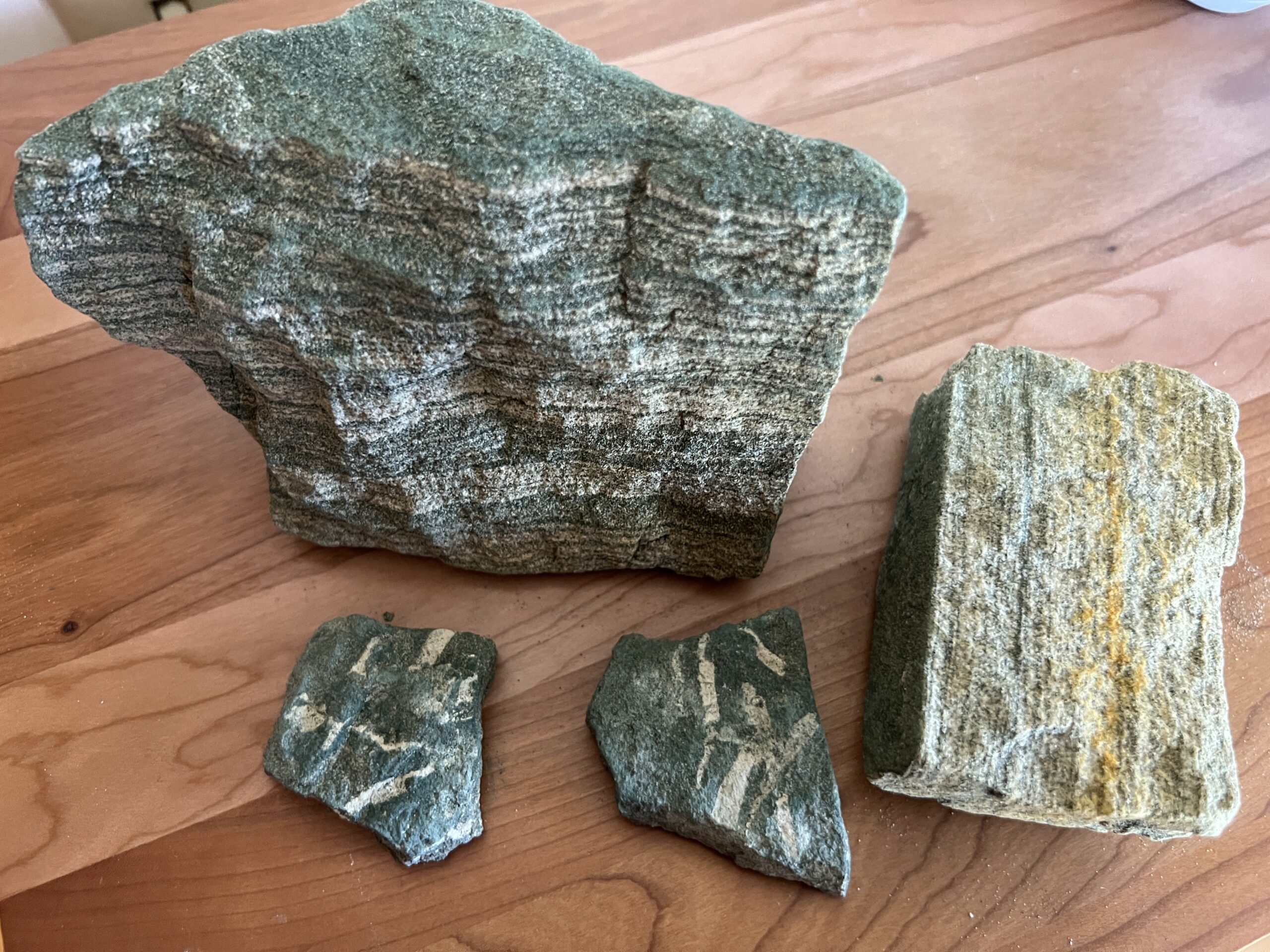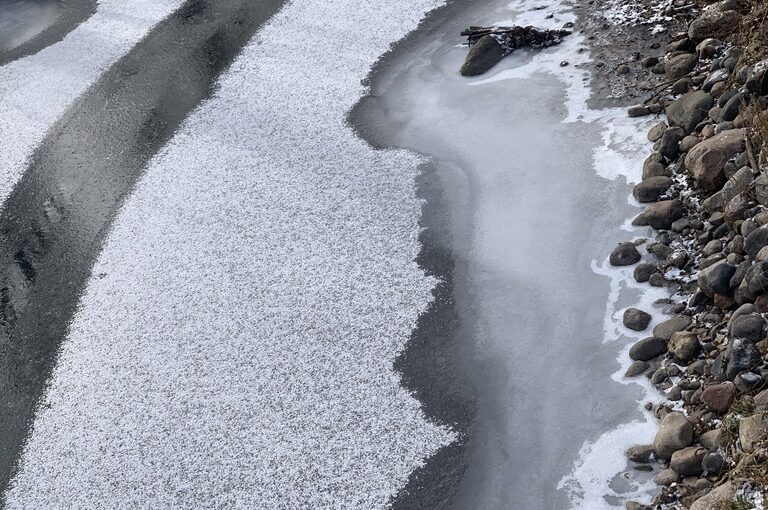I’ve been on a little internet ramble. The topic is aragonite, a form of calcium carbonate. Here are some pictures of inorganic crystaline aragonite, though mostly this post is about biogenic aragonite in sea shells.

I began with the following bits of knowledge:
- Aragonite is one of two*/** polymorphs. In terms of minerals, calcium carbonate has two polymorphs: calcite and aragonite. That is, both are calcium carbonate, but they have different crystal structures, and are thus considered different minerals.
- It is metastable. I also knew that aragonite is metastable (that is, stable under very limited conditions, and easily nudged into instability).
- It occurs in sea shells. I recently learned that aragonite occurs in sea shells and corals, and was curious why an ‘unstable’ mineral would be useful in a biological setting. Is it common in shells, or is it rare? Does it have advantages over calcite? Or is it just easier to synthesize?
Views: 15

